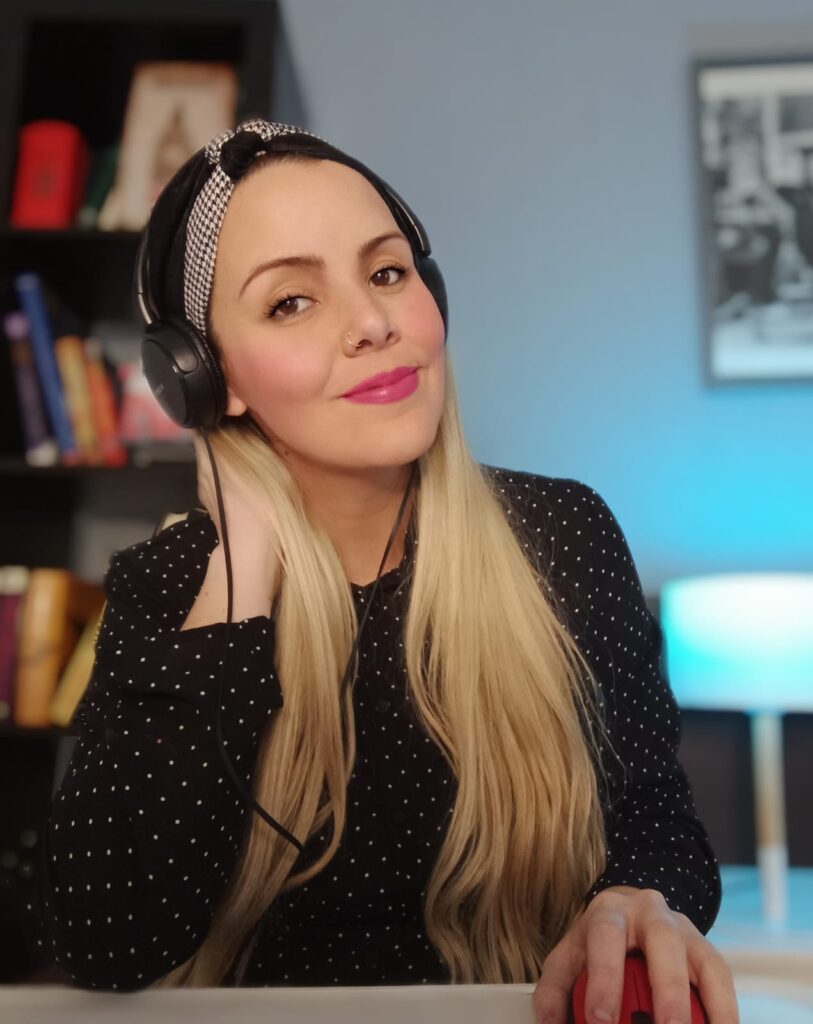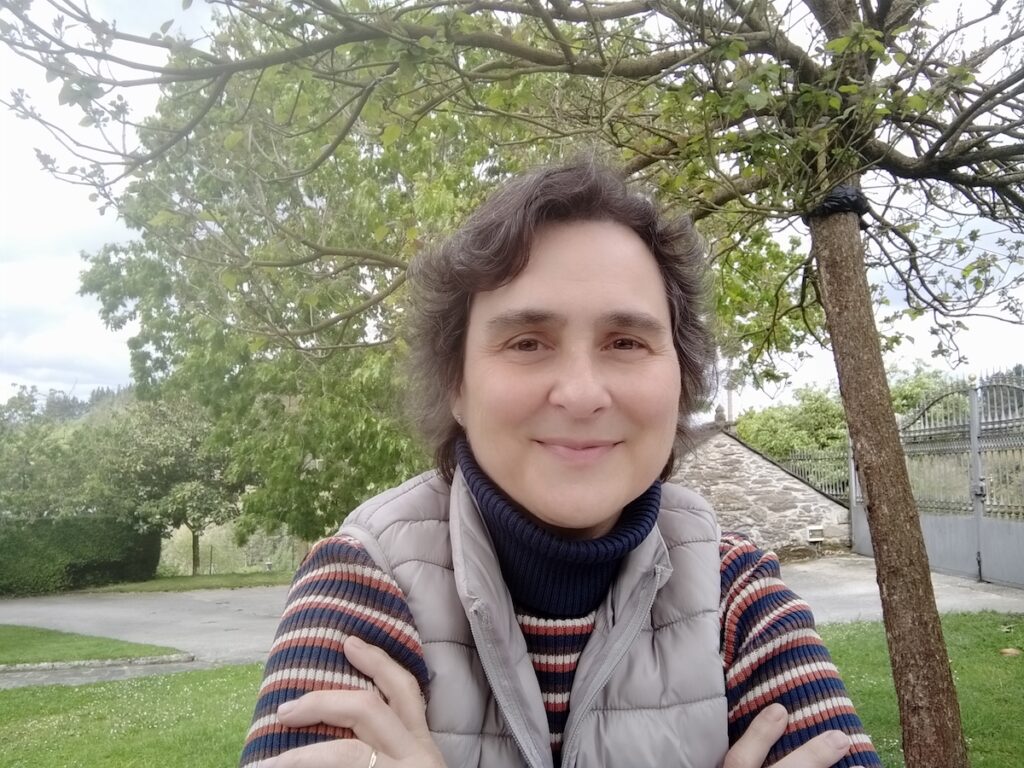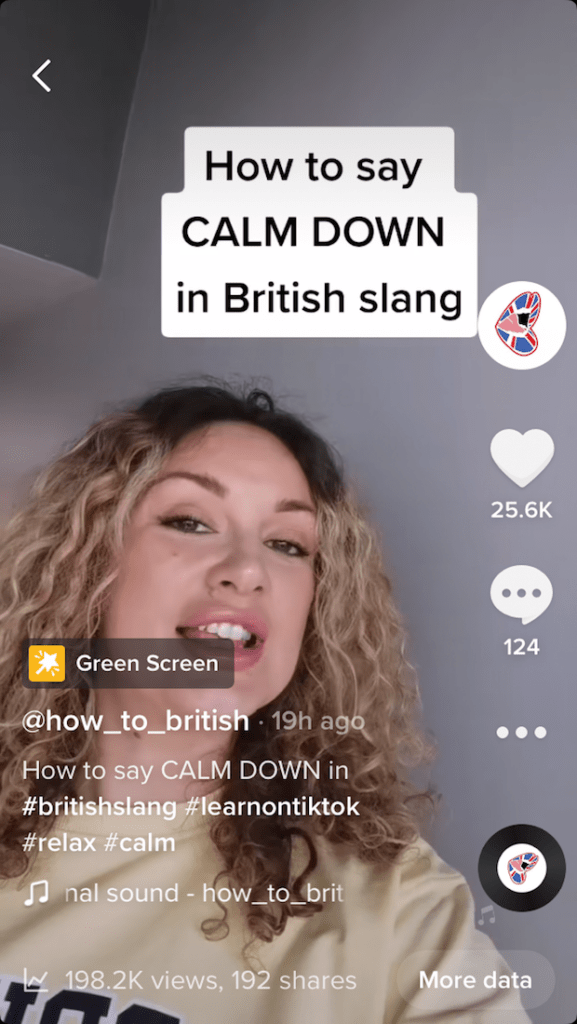Microlearning — instruction delivered in short, bite-sized chunks — has become increasingly popular in the corporate world for in-service training. Although the term was coined back in 1963 by Hector Correa in his book “The Economics of Human Resources,” microlearning didn’t really catch on in education until the 1990s, when the internet brought education online. The popularity of cell phones and tablets caused another growth spurt, as did the COVID-19 pandemic and the resulting shift to emergency remote teaching.
While there’s no hard definition of what exactly constitutes “micro,” it’s generally understood to be less than an hour and can be as short as a few minutes or even less than a minute. Microlearning is also generally accessed by learners at their own pace, on their own schedules — a flexibility that pairs well with social media.
Proponents of microlearning point to advantages such as speed (both to deliver and to absorb information), affordability and flexibility. Several studies, such as Luminita Guirgiu’s “Microlearning: An Evolving Trend” in 2017, have also shown that microlearning can aid in the retention of information.
Microlearning is also generally accessed by learners at their own pace, on their own schedules – a flexibility that pairs well with social media.
Microlearning is also on the rise because of the ways in which young adults learn and communicate. Blake Beus, Director of Learning Solutions at Allen Communication Learning Services, describes some of the distinguishing characteristics of what he calls the iGen — those currently in middle school and high school. They share some characteristics with millennials, especially their degree of self-motivation and self-awareness, but they tend to be more educated, more diverse, and more pragmatic. Not surprisingly, then, they’re dedicated not only to learning but to experimenting to find the most effective modes of learning.
Another consideration is iGen’s degree of connectivity to the cloud. Their near-constant access to mobile devices makes e-learning natural and accessible. “This connection, coupled with a shorter attention span and increased ability to multitask means that companies will need to shift from traditional programs, like seminars, lectures or full-day trainings, to compact initiatives, like shortened bursts of learning,” notes Beus.
Commonly cited disadvantages of microlearning read more as caveats — a danger of fragmentation, the need for intense (if brief) focus, and the lack of suitability for absorbing complex information from a single event. However, instructors who deliver in-person and online classes can offer microlearning chunks as reinforcement for material studied more in-depth in class.
While there’s no evidence to suggest that microlearning is the best way to learn a complex topic such as a foreign language, there’s plenty of interest in using its advantages to supplement more traditional study methods. Especially in the pandemic and post-pandemic worlds of online education, it has become one more way for learners to access education.
In this article, we’ll take a closer look at two popular social media platforms used in microlearning, Instagram and TikTok.
According to social media management platform Hootsuite, 10 years after its launch, Instagram had nearly a billion active users every month — not as many as Facebook’s 2.8 billion, but solidly in second place and still increasing every month. And, good news for English language teachers: 88% of Instagram users are outside of the United States. Furthermore, 50% of users, after viewing content on Instagram, visited a website to purchase a product or service. On Instagram, users can post photos, memes, graphics, questions, polls, quizzes, and videos of up to one minute (or a short series of videos).
Not surprisingly, many teachers have embraced the platform as a creative way to supplement their in-classroom teaching.
From the classroom to the world
“The idea of starting my Instagram account came from one of my students,” says Ana Arias, a high school English language teacher in Spain. “Two years ago, he suggested I was wasting my time posting on blogs, as my students were more interested in social networks.” She began by posting supplementary materials on Instagram (@efl_ana) that corresponded with her regular lessons but quickly found that her reach was extending far beyond her own classroom, and beyond just students. Ana’s Instagram followers now number over 170,000.
“After you have been teaching for over twenty years, your classes can become routine; you already know what comes next and what students will reply or ask. Having these accounts has let me make a change and connect with a wider audience that has different interests and cultures.”
Arias’ posts consist mainly of images that focus on grammar, such as short summaries of key points and vocabulary, especially visual explanations. She still teaches in a traditional high school, but notes, “As internet users, we’re all used to satisfying our demands of information immediately. That may be why, instead of learning a long list of irregular verbs (as many of us did in the past), most students now prefer to study a shorter one and check less frequent verbs on the go.” Her followers regularly comment on her posts and submit suggestions for future materials.
In addition to benefitting students, Ana’s social media activity has helped her develop professionally. “After you have been teaching for over twenty years, your classes can become routine; you already know what comes next and what students will reply or ask. Having these accounts has let me make a change and connect with a wider audience that has different interests and cultures.” It’s not just students who reach out to her, as she notes, “Moreover, I have also become part of the global community of ESL and EFL teachers who post on Instagram.”
Keeping students engaged with bite-sized learning

Mai Correia, “Teacher Little Mary” uses technology to keep students focused
Mai Correia, known online as “Teacher Little Mary,” quit her job at a language school to teach online full-time. She initially used free content on social media to attract students, and now uses Instagram and Facebook to supplement her online classes as well as for marketing. She sees the microlearning aspects of social media as an advantage: “Technology has created this ‘fear of missing information’ for most of us, so it is really hard for students to remain focused during a one-hour lesson, talking about the same topic. To sort out this issue, I usually use fun and engaging activities in my online lessons, and I change the type of activities every few minutes, so I don’t give my students a chance to get bored or feel overwhelmed. I do believe they retain more stuff when we present small, digestible chunks of information to them.”
What does such teaching look like in practice? Correia explains how she integrates Instagram into her online classes: “All my students follow me on Instagram (@teacher_littlemary), so I usually tag them on posts that are relevant to their learning, and we then discuss or recap the topics together. I use my ‘stories’ to share daily English tips and ask people tricky vocabulary/grammar questions, which gets them really engaged. Also, as a speaking activity, I sometimes open students’ Instagram profiles, share my screen with them, and ask them to tell me the ‘story’ behind one of their photos (so we can work on descriptions, vocabulary, fluency, etc.).
“The concept of microlearning fits perfectly with learning through social media. As an example, most of my students have a problem with the phrase ‘It depends on’ so I created a post on Instagram with this phrase, and I shared it on my stories as well. Now, every time they are about to say it wrong, they think of my post and they correct themselves! So, I found (it) very useful to take the ‘depends on’ phrase out of a ‘classroom context’ and get students to read it in bright yellow on social media — a place where they are really engaged.”
From teaching to teacher training
Not surprisingly, social media has helped both teachers and learners navigate the challenges of global shutdowns during the pandemic. Kate Bogar, whose “English Anywhere” account (@english.anywhere.de_kate) has over 40,000 followers on Instagram, says that the platform “allowed me to continue working through the chaos of COVID-19 and allowed me the freedom to define my own programs and scheduling. I have two young kids (age three and six) at home who’ve been with me for the majority of a year of lockdown in Germany.”
Bogar outlines how she teaches with Instagram: “I do posts in graphic or video form, depending on the information, to teach my ‘learners.’ I don’t think words like ‘followers’ apply in my situation on Instagram — they are not ‘followers.’ They want to learn; I’m here to teach. I also try to go live to interact with them directly but don’t have a specific schedule for that. On Instagram, I share tips and tricks for using English in everyday situations. Last year, I opened an online school, which we then used to teach for an international company. Since then, we’ve taken all of our digital courses and created a five-month program for learners of Business English. We’ve only just launched the program (in April 2021), but we are happy with how it was received and look forward to expanding.”
Is just following a teacher on social media enough to learn English? For some, perhaps, although it’s not the most efficient way to learn. “A very small percentage of learners believe they can learn to speak another language through free content on YouTube and Instagram alone, which I believe can be true at a certain level,” Bogar notes. “However, everyone who’s gone through one of our programs has found a lot of progress in their language (or teaching) journey.”
Indeed, Bogar’s school has now expanded its courses to help other language teachers build an online presence. “I’m meeting teachers one-on-one and in groups to help guide them during the beginning process of teaching online. At first, we were only looking for English teachers, but now our online community has French teachers, Spanish teachers, German teachers, and even one yoga teacher — luckily for us, the methods for ‘gaining clients instead of just followers’ are universal!”
TikTok
TikTok is one of the newer kids on the social media block, launched in China in the fall of 2016 and globally the following year. By July of 2020, TikTok had 689 million active users outside China, where it operates under the name Douyin. That’s enough to make it the seventh most popular social media network, ahead of older platforms such as Twitter and Snapchat. TikTok’s users are known to skew young — in the United States, most users are below 30 — but its platform has attracted both teachers and learners.
During the pandemic, TikTok launched a $50 million Creative Learning Fund, part of a larger $250 million initiative to support communities, that specifically “supports creators with the production of learning content, provides resources for learners, and introduces emerging teachers to the TikTok platform.”
It is not without controversy, however. K-12 schools are leery of the potential for online bullying and they worry that the anonymity of posters, who don’t form networks in the same way that, say, Facebook users do, can lead to people feeling less accountable for their behavior. As an example, the platform allows for dual videos, and there have been cases of a user adding a video next to someone else’s that mocks or attacks them. For their part, TikTok has responded by adding anti-bullying resources to their website and encourages users to report any harassment.
During the pandemic, TikTok launched a $50 million Creative Learning Fund, part of a larger $250 million initiative to support communities, that specifically “supports creators with the production of learning content, provides resources for learners, and introduces emerging teachers to the TikTok platform.” Engaging such well-known figures as Bill Nye, Tyra Banks, and Neil deGrasse Tyson, the company noted, “The joy of learning on TikTok is that the content offers instructional tips and takeaways in a creative format, teaching something useful, and inspiring users to seek out more information in a way that is fun and engaging. Our community has been drawn to videos that highlight unique science experiments, useful life hacks, creative math tricks, easy DIY projects, and motivational messages and advice.”
Not surprisingly, teachers and learners of English are on TikTok too.
Short bursts of culture and language
In May 2020, Darcy Littler and Anita Chen launched the popular “How To British” social media platform (@how_to_british) for the media company Nouvelles d’Europe, which already boasts more than 121,000 followers on Instagram — and 625,000 followers on TikTok. Content creators rather than teachers, their experience on social media started shaping their output and even their careers. “We initially started out as entertainers, but with the huge number of messages relating to language learning, we have now found ourselves being pulled into the English language learning field. Hence, we are collaborating and working more and more with professional English teachers, who are able to provide services to those who would like to follow a more structured and in-depth learning experience,” explains Littler. Currently, they are collaborating with International House Manchester on an online teaching project.
So, what can you teach in 15 seconds? Quite a lot, as it turns out. “How To British” focuses on culture and vocabulary. “Our content usually consists of introducing British slang words, comparing British and American English, and teaching homonyms in a comical way.” The use of humor is key to engaging learners, especially younger ones. Yet the content is carefully planned. “Our students/followers subscribe to our platforms because there is consistency. The video format allows the reenactment of dialogues that have been very useful to learners. As these videos are short, they can be watched over and over again. Our students are usually intermediate to advanced levels, and we try to make the language as little ‘textbook’ as possible.”
“How To British” saw a jump in users from the start of the pandemic, mirroring TikTok’s own analysis of its use during this time; some of their videos have enjoyed millions of views.
What Lies Ahead?
While it can be difficult to forecast what will be the most popular channels ten or even five years from now, what is certain is that social media will continue to play an important part in education, whether as a means for teachers to add variety and interest to their in-classroom lessons or online courses, or even to serve as the classroom itself.
Have a 30-minute bus ride? Ten minutes in the dentist’s waiting room? Five minutes before dinner? That can now be study time — especially when study is blended with entertainment.
On the part of learners, social media provides a way to interact with not only their own teachers but instructors and content providers anywhere in the world. The minimal time commitment of short videos also allows for more chances to study. Have a 30-minute bus ride? Ten minutes in the dentist’s waiting room? Five minutes before dinner? That can now be study time — especially when study is blended with entertainment.
Not quite sold on 15-second TikTok videos and Instagram posts for teaching English? Next month we’ll look at social platforms such as YouTube that are hosting whole courses and lessons of more traditional lengths.
Additional reporting for this article was done by Catarina Chase Aleixo.
If you’re new to teaching, you’ll want to get initial training and qualification with a TEFL certificate. You can explore our online TEFL courses to get started!













